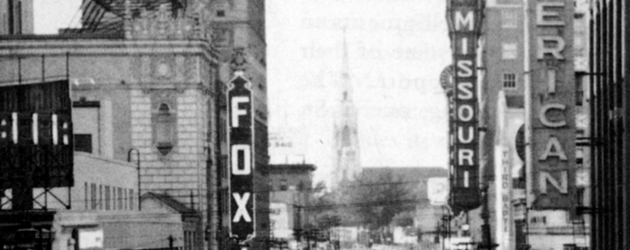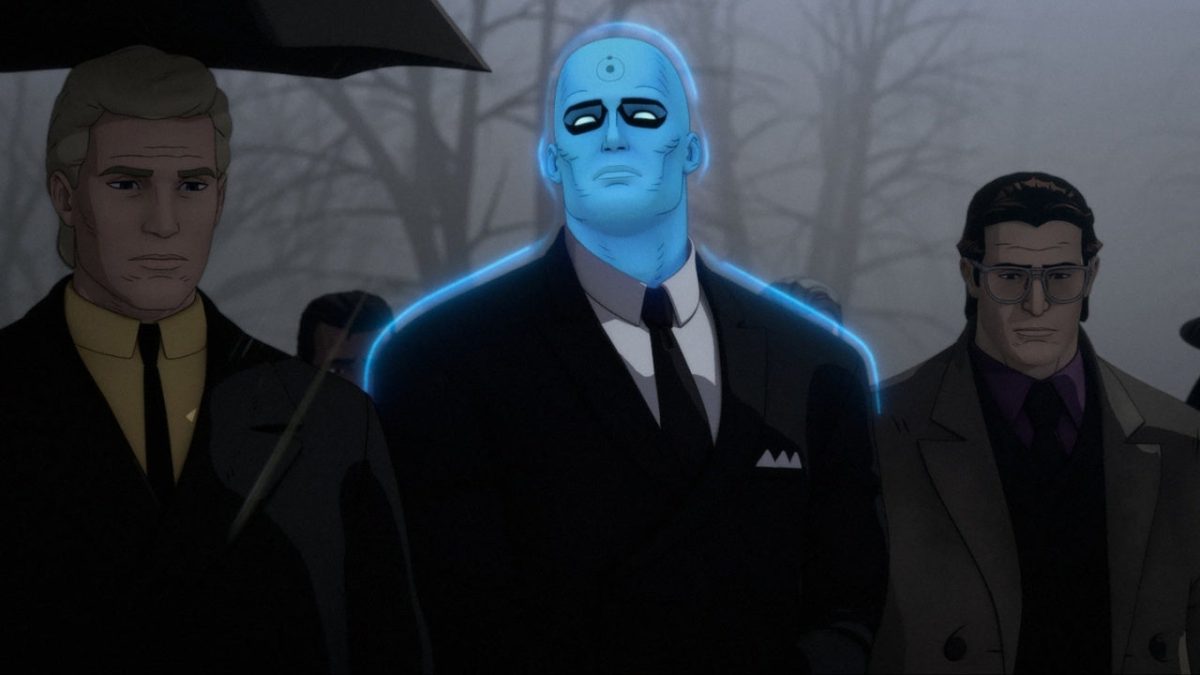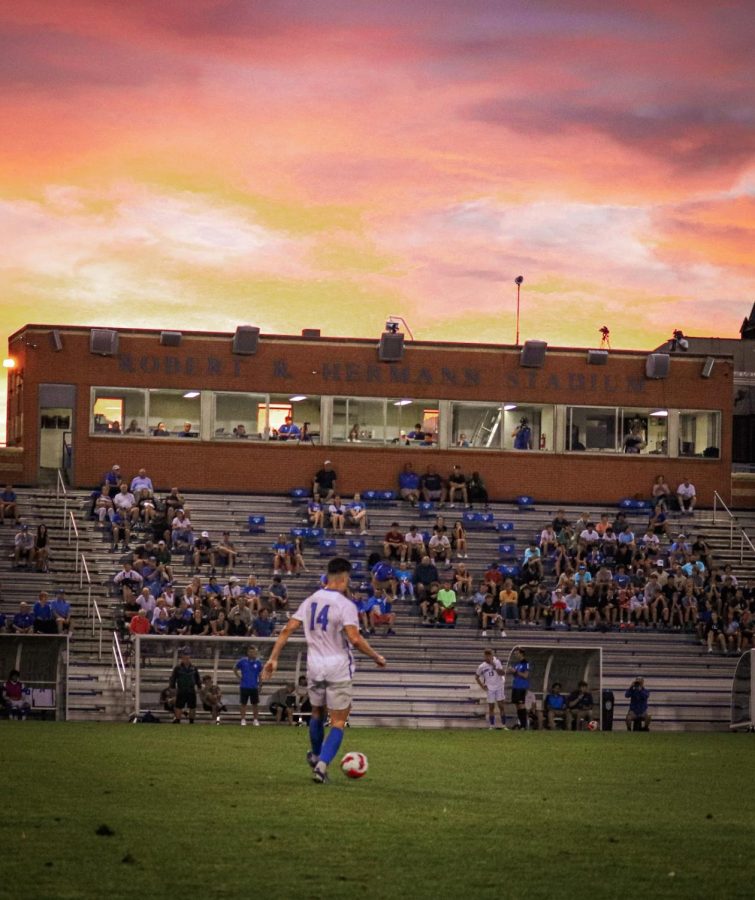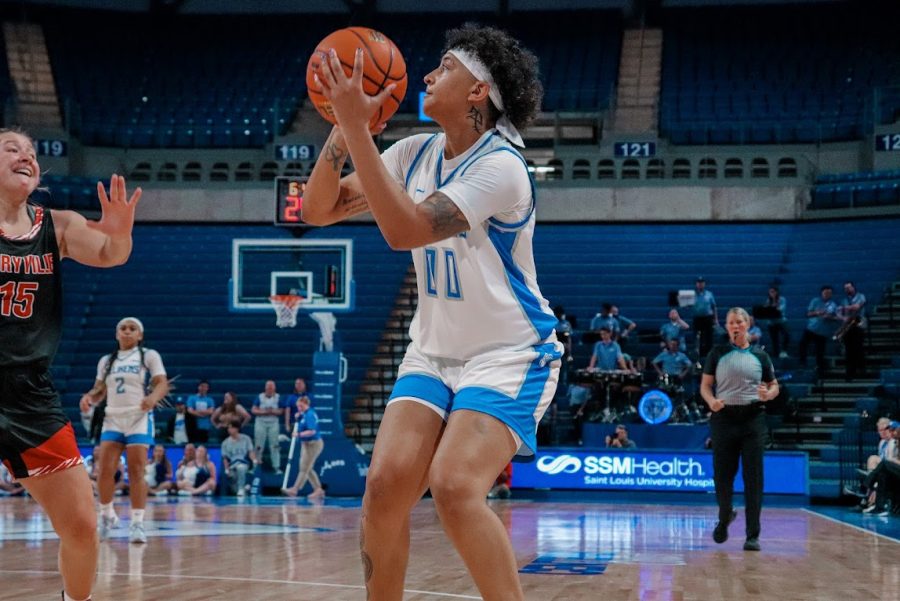Seventy-three years ago, 1942 Saint Louis University graduate Mary Bruemmer took her first steps on campus. But it was her first steps off campus, however, that has her raving about the Midtown area.
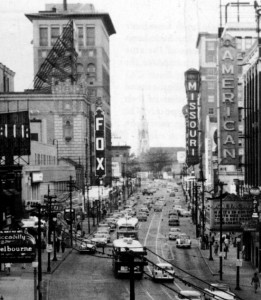
“The area around campus attracts an entirely different kind of audience which makes this area so rich in culture and opportunity. We are just blessed that we can step off campus and go into a rich arts district that is Midtown,” Bruemmer said. “It is just unbelievable when you think about how rich an atmosphere our students study in.”
This rich atmosphere began in the early 1900s as the commercial sector began to boom with small businesses and theatre openings. With the incorporation of the widespread streetcar lines crisscrossing the area, more theatres came into the area turning the area into a hot spot for the entertainment venue.
In 1913, theatres such as The Odeon Theatre, the Princess Theatre, The Empress, Victoria and Grand Central opened. Grand Central was the first theatre in St. Louis built exclusively for motion pictures, as it brought large crowds to the area. The district received even more attention as the St. Louis Theatre, the building now known as Powell Symphony Hall, opened in 1925 and The Fabulous Fox Theatre opened in1929. Talking pictures made their St. Louis debut at the St. Louis Theatre in 1927 with a 13-week run of the movie titled “The Jazz Singer.” On the other side of the street, the Fox rose to grandeur; it was the second-largest theatre in the world at the time with 6,000 seats.
“We have a history in this area, and we continue to strive to bring entertainment to St. Louis,” Publicity Coordinator for The Fabulous Fox Theatre Erin Hentz said. “I think people have seen this theatre as a key mark for the entertainment life in this area.”
In its early years, the theatre was at the peak of luxury and despite the Great Depression, the theatre and the entire area continued to be a popular spot for a night out.
“I think the existence of the facilities like the Fox and Powell encourage people to invest in bringing entertainment, live entertainment to the Grand Ave area,” Bruemmer said.
“Former SLU president Rev. Paul Reinert’s involvement in making Grand Center a place for students to learn and appreciate the arts made the difference for this area.”
In the early 1960s, the area began to decline as an outwardly expanding population and tax base halted the theatre and entertainment district.
Reinert was offered to move the SLU campus westward near the area where Maryville University in St. Louis currently resides. Instead of moving and accepting more area for development, Reinert resisted moving the campus out of the Midtown area and, in doing so, he may have saved the area.
“SLU being in this area has anchored the arts district through the dooms and declines,” University archivist John Waide said. “If SLU would have moved out of the area, you would have seen a much different kind of area.”
The 1970s saw more decline as in 1978, the Fox closed its doors due to a decline in attendance.
That same year, the Midtown area was placed on the National Register of Historic Places.
Looking for a revisualization, several theatres acquired new owners, including the Fox and the Sheldon Memorial Concert Hall, and in the 1980s, they were renovated. At the end of the decade, a multi-million dollar plan to revitalize the area, called the Grand Center Redevelopment Project, attempted to rejuvenate the area.
Today this area, now known as Grand Center, has propelled itself back into a thriving arts and entertainment district. “I have seen a tremendous transformation in this area; this area has a history of arts and entertainment, and it is great to see it coming back to what it was originally,” Waide said.



